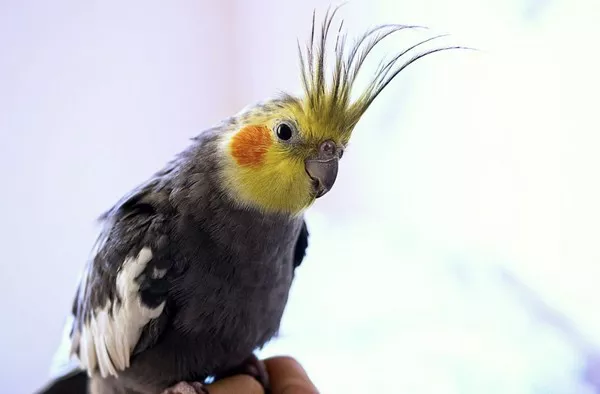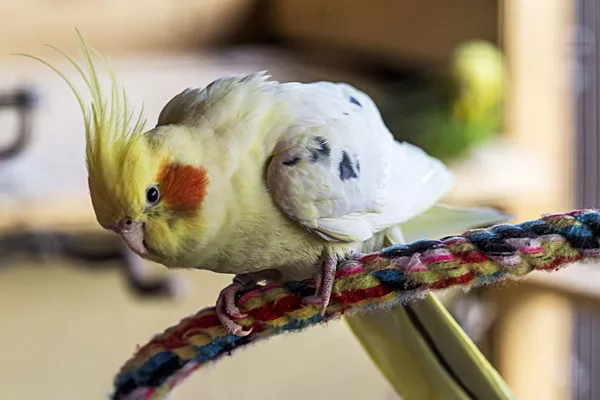Corn snakes are popular pets due to their calm demeanor, easy care requirements, and beautiful patterns. These non-venomous snakes are native to North America and belong to the species Pantherophis guttatus. Known for being a great choice for beginner snake owners, corn snakes are often kept in captivity for their manageable size, docile temperament, and relatively simple feeding habits. But one of the common questions new pet owners ask is: “Will corn snakes eat fish?”
In this article, we’ll dive into the feeding habits of corn snakes, explore whether or not they eat fish in the wild, and look at the practical implications of feeding fish to these snakes in captivity.
Understanding the Corn Snake’s Diet
To understand whether corn snakes will eat fish, it’s important to first examine their natural diet and feeding behaviors. Corn snakes are constrictor snakes, meaning they kill their prey by wrapping around it and squeezing tightly until the prey suffocates. Their diet primarily consists of small mammals, birds, lizards, and eggs in the wild. In captivity, most pet owners feed their corn snakes rodents, such as mice and rats, which are easily accessible and nutritionally appropriate for them.
Corn snakes are not specialized feeders; they are opportunistic hunters that will eat a variety of prey items as long as they fit within the snake’s mouth and can be subdued by constriction. Their feeding habits are influenced by the size and type of prey, as well as the snake’s environment.
While corn snakes have a varied diet in the wild, they are not typically known for eating fish. This is an important aspect to consider when deciding what to feed your pet corn snake.
The Natural Habitat of Corn Snakes
Corn snakes are found in the southeastern United States, where they live in a range of habitats, from forests and woodlands to grasslands and agricultural fields. They are ground-dwelling snakes, often found near human settlements, such as farms and barns, where they prey on the rodents that thrive in these areas.
Corn snakes are skilled hunters that typically search for prey in burrows, on the forest floor, or in tall grass. They rely on their excellent sense of smell, using their forked tongue to detect scent particles in the air. Once they locate potential prey, they employ a “strike and constrict” method to overpower their victims.
In these environments, fish do not constitute a large part of the diet for corn snakes. Their habitat, while diverse, is not typically near bodies of water where fish would be abundant. As a result, their diet is focused primarily on small mammals and other land-dwelling prey. This is a significant factor when determining whether fish are a suitable food source for corn snakes.
Corn Snakes and Fish in the Wild
While fish are not a regular part of a corn snake’s diet, they could theoretically prey on fish if the opportunity presented itself. Corn snakes are opportunistic, meaning that if a fish were small enough and accessible, they may attempt to catch it. However, this behavior is rare because corn snakes do not often inhabit environments where fish are a regular part of the ecosystem.
For example, a corn snake living in an area with ponds or streams might occasionally come across a fish that has become stranded or is swimming in shallow water. If the snake is hungry and the fish is within reach, it might try to capture and eat it. However, this would not be a common or consistent feeding behavior for corn snakes.
In summary, while corn snakes can technically eat fish if the opportunity arises, fish are not a natural or typical part of their diet in the wild. Their primary prey consists of small mammals, birds, and other land-dwelling animals.
What Do Corn Snakes Eat in Captivity?
In captivity, corn snakes are typically fed a diet of rodents, such as mice and rats. These are considered the best food options for pet corn snakes because they provide the proper nutrients and are easy to obtain from pet stores or breeders. When feeding corn snakes, it is important to offer prey that is appropriately sized for the snake. The general rule of thumb is that the prey should be no larger than the thickest part of the snake’s body.
Rodents are an excellent source of protein and fat for corn snakes, supporting their growth, health, and energy needs. Some snake owners may also choose to feed their snakes other types of prey, such as birds or eggs, but these are not as commonly available as rodents.
Feeding your corn snake fish is not recommended, as fish do not offer the same nutritional benefits as rodents. While fish do contain protein, they lack the fat content and nutrients that corn snakes need to thrive. Additionally, feeding fish can introduce unnecessary risks, such as the potential for parasites or contaminants that may be present in the fish.
Why Don’t Corn Snakes Eat Fish?
There are several reasons why corn snakes do not typically eat fish, both in the wild and in captivity. These reasons are based on the snake’s natural instincts, habitat, and dietary needs.
Habitat and Availability of Fish: Corn snakes are primarily terrestrial and are found in areas that are not known for being abundant in fish. They prefer environments with plenty of cover, such as tall grasses, forests, and agricultural fields, where rodents and other prey are plentiful. Fish, on the other hand, are more commonly found in aquatic environments, which are not a natural part of a corn snake’s habitat.
Feeding Behavior: Corn snakes are constrictors, and they are adapted to hunt and kill prey that they can overpower through constriction. While fish are certainly a source of protein, they do not provide the same challenge or hunting experience for a corn snake. Fish can often slip away easily, especially if they are in water, which makes them a less reliable and satisfying food source for a corn snake.
Nutritional Needs: The nutritional profile of fish does not meet all of the dietary needs of corn snakes. Corn snakes require a diet that is rich in both protein and fat. While fish provide protein, they lack the appropriate balance of fat and other nutrients found in rodents. Rodents are a more complete and nutritionally balanced food source for corn snakes, ensuring their overall health and well-being.
Potential Risks: Feeding fish to corn snakes can introduce several potential risks. For example, fish can carry parasites or diseases that might not affect aquatic animals but could be harmful to a snake. Additionally, fish bones can pose a choking hazard or cause digestive issues if ingested. These risks make fish an impractical and unsafe food choice for corn snakes.
Should You Ever Feed Your Corn Snake Fish?
While it is technically possible for a corn snake to eat fish, it is not advisable to do so. Here are some important points to consider before feeding your corn snake fish:
Nutritional Imbalance: Fish do not provide the same essential nutrients that rodents do. By feeding your corn snake fish, you may be depriving it of the fat and vitamins it needs for healthy growth and function.
Digestive Issues: Fish bones can be sharp and difficult for a corn snake to digest. In some cases, the bones could even cause injury to the snake’s digestive system. Additionally, fish do not have the same fat content as rodents, which could result in nutritional deficiencies if fish become a regular part of the snake’s diet.
Risk of Disease: Fish, especially those that come from non-reputable sources, can harbor bacteria, parasites, or contaminants that might be harmful to your snake. It is much safer to feed your corn snake prey that has been specifically bred for reptile consumption, like rodents.
Habitat Considerations: If you are feeding your corn snake fish, it is likely because you have a water-based enclosure or aquarium. However, corn snakes are terrestrial creatures, and they do not need a water-based habitat to thrive. Feeding fish in this environment could cause unnecessary stress to your snake, as it may not recognize fish as a natural or typical prey item.
Conclusion
While corn snakes are opportunistic feeders and could theoretically eat fish if they are available, fish are not a natural or recommended food source for them. In the wild, corn snakes primarily feed on small mammals, birds, and occasionally lizards, not fish. The habitat of the corn snake typically does not overlap with aquatic environments where fish are found, making fish an unlikely food item in their diet.
In captivity, it is best to stick to feeding corn snakes rodents, which are nutritionally appropriate and easy to source. Offering a balanced diet that includes the right protein and fat content is essential for ensuring the health and longevity of your pet snake.
If you are considering feeding fish to your corn snake, it is important to recognize the potential risks involved, such as nutritional imbalance, digestive problems, and exposure to harmful bacteria or parasites. Stick to feeding your corn snake the foods that are most suited to its natural dietary needs, and you will ensure a long, healthy life for your pet.
By understanding the corn snake’s natural eating habits and the types of prey it requires, you can make informed decisions about how to best care for your snake and meet its dietary needs.
Related Topics:





















